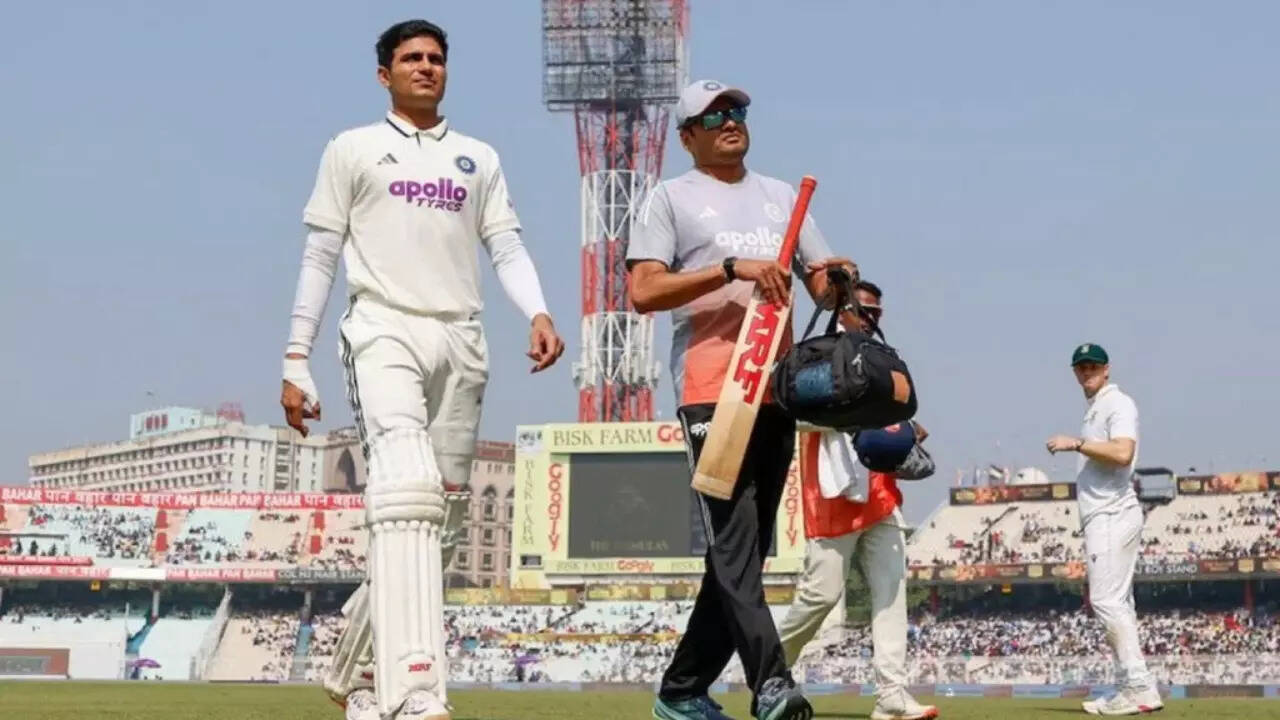NEW DELHI: More than 50,000 ‘children in conflict with law’ still await justice, highlights a new report which shows that as of October, 2023, 362 Juvenile Justice Boards across states had disposed of just about 45% (45,097) of the over 1 lakh cases including 50,627 carried over from previous years.Over 55% (55,816) of the cases before these JJBs remained pending across 18 states and two UTs – Delhi and J&K. “In short: nearly one in two cases rolled forward”, states ‘Juvenile Justice and Children in Conflict with the Law: A Study of Capacity at the Frontlines by ‘India Justice Report’.As the Juvenile Justice (Care and Protection of Children) Act 2015 completes 10 years since it was implemented in January 2016, this research brings into focus how the system is far from equipped to deliver timebound justice to a “child in conflict with law”. Like adult undertrial prisoners, children are left to bear the consequences of an inconsistent system.According to 2023 Crime in India data, 40,036 juveniles were apprehended in 31,365 cases. More than three in four of the children involved were between 16 and 18 years of age. While these numbers reflect the severity of the problem and the urgent need for a robust juvenile justice system, in a decade since the passing of the 2015 Act, the research highlights that India’s “juvenile justice system still cannot show—through routine, public, time-series data and documentation—that it is working to its optimum in the “best interests of the child.”The report draws primarily on parliamentary responses, and a year-long RTI based inquiry across states (November 1 2022 to October 31, 2023), and analyses the capacity of key institutions— juvenile justice boards, child care institutions, special juvenile police units, and legal services—across four vital parameters: infrastructure, human resources, budgets, and diversity.The findings show that a system designed to be child-centred, now struggles with the challenges that are similar to the adult criminal justice system – delays, vacancies, opacity—with children in conflict with law paying the price.Pointing that the IJR study exposes the gaps in the system, Justice Madan B. Lokur, former Judge, Supreme Court of India, expressed worry that despite the passage of 10 years since the implementation of the JJ Act, 2015, it is worrying to find that a quarter of JJBs did not have a full bench and evidence of a substantial number of staff vacancies in child care institutions. “This has a detrimental effect on children who fall under its purview,” he said.Noting that the “patchy data” gathered through RTIs is “concerning” Justice Lokur said, “It is essential that a child-centric National Data Grid integrates information on the functioning of the juvenile justice system and that all authorities involved regularly publish standardised data about their functioning in relation to children. Until the information spine is built and used, the system cannot truly serve the best interests of the child.”Pendency of cases — more than half the cases roll over.More than 55,816 (55%) of the cases before 362 JJBs remained pending across 18 states and two UTs – Delhi and J&K. In short: nearly one in two cases rolled forward.While 92% of 765 districts in India have constituted JJBs, the pendency rate varies widely, from 83% in Odisha to 35% in Karnataka, signaling deep inequities that undermine juvenile justice delivery.The study highlights that caseload growth may stem from a combination of more filings and slower disposals due to resource constraints.– 1 in four Juvenile Justice Boards (JJBs) – lack a full bench.There were 707 JJBs across 765 districts as of 2023-2024. Based on responses of 470 JJBs, 24% (111/470) functioned without a full bench comprising three members – principal magistrate and two social workers. Only three states/UTs –Odisha, Sikkim, and Jammu & Kashmir–had fully constituted benches. The law requires that every district must have at least one fully constituted JJBThe report states that vacancies in the JJ system and inadequate legal aid have led to high workload in crucial functions. On average, 154 cases remained pending with each JJB annually.The result is slower listings, weaker child-sensitive adjudications, and longer case durations. This can often lead to extending the time children must spend institutionalised.– Only 11 of 292 districts meet “minimum standards” to act in child’s best interestWhen estimating what ground level capacity in a district might look like, the IJR assessed seven points garnered from 292 districts which provided sufficient information on points ranging from presence of a Child Care Institution, JJB, its composition and a legal services clinic attached to the Board to the existence of a Special Juvenile Police Unit, legal-cum-probation officer, staff in institutions and case pendency.Only 11 of the 292 reported meeting all seven conditions—eight were in Mizoram alone, one in Sikkim, one in Himachal Pradesh, and one in Assam. Even here, there were gaps in information or functionaries.JJBs in these 11 districts, disposed of more than half their cases, kept pendency under 100, and avoided overcrowding. Though for the most part, save Assam, all these were relatively smaller jurisdictions with relatively lower caseloads, the lesson is plain: where the architecture exists and is well staffed, the system is likely to better fulfil its special child-centred mandate. Where it is incomplete, the promise of care is broken and risks descending into custody.The total caseload in 2022-23 in these 292 districts stood at 77,713, disposals at 42% and at the end of October 2023, 44,881 cases were pending. 292 districts reported a total of 110 Observation Homes; 94 persons-in-charge, 19 doctors and 70 counsellors.Residential facilities for older children, and girls are thinThere were 9,907 children in residential facilities as per available data. However, the reports state that data about the management and operations of these facilities is thin. Neither Lok Sabha questions nor responses to RTI provide fulsome details about the numbers or capacities available for girls in conflict with the law.Nationally, there are 319 Observation Homes, 41 Special Homes, and 40 Places of Safety to keep children between the ages of 16 to 18 years who were accused of or had committed a heinous offence. Fourteen states had no place of safety. These include Andhra Pradesh, Arunachal Pradesh, Goa, Gujarat, Himachal Pradesh, Jammu & Kashmir, Madhya Pradesh, Maharashtra, Nagaland Punjab, Sikkim, Telangana, Tripura and West Bengal.The law mandates that the state must establish an observation home (OBH) in every district or for a group of districts and must have at least one place of safety.Across the 292 districts that provided data, there were only 40 homes available for girls, including those housing both genders.The study highlights with concern that the absence of a full complement of facilities in a district means that children already separated from their families are transferred to institutions further afield; leading to difficulties in accessing guardians, representation, and the possibility of unsafe mixing of children across age and offence categories—the very harm the Act was designed to prevent.
Report says over 50,000 'children in conflict with law' await justice amid high pendency in Juvenile Justice Boards















